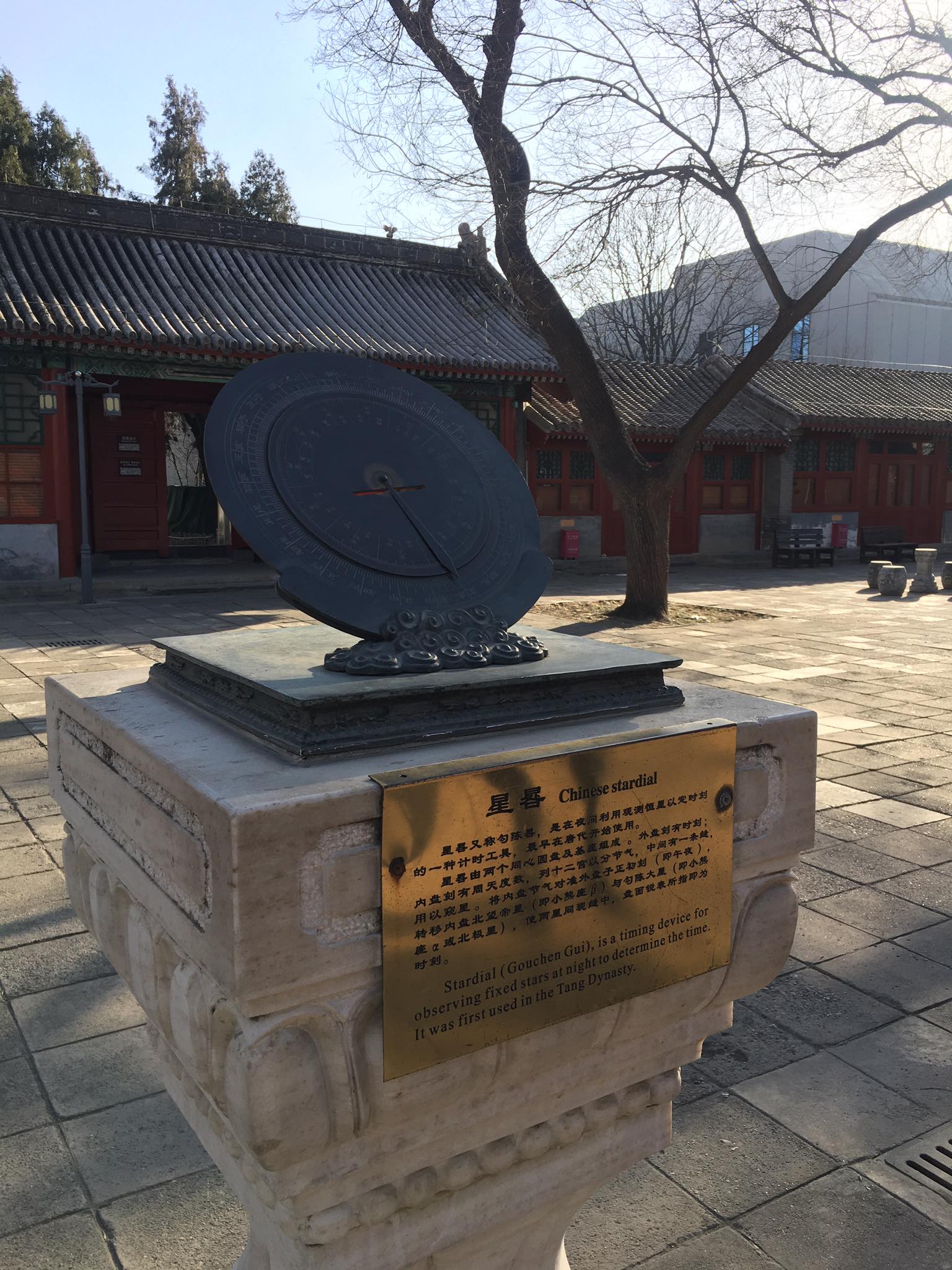Beijing Ancient Observatory: How Chinese astronomers studied the heavens
 10:14, 1 March 2024
10:14, 1 March 2024BEIJING, MARCH 1, ARMENPRESS. If you were to walk in central Beijing where the Ming Dynasty city walls once stood, you’d come across a tower with what first would appear as artwork on top of it. These structures are actually ancient astronomical instruments, located on top of a section of the eastern city wall.
Celestial Globe (left) and Sextant measurement devices on tower platform
Chinese astronomy dates back to the second millennium BC and initially its main purpose was timekeeping and navigation. Before Western influences changed the science, Chinese astronomy was equatorial, focused on close observation of circumpolar stars, and produced several cosmological models.

Stardial, timing device
Perhaps one of the best ways to have a better understanding of ancient Chinese astronomy is by visiting the Beijing Ancient Observatory, a pre-telescopic observatory located in the Chinese capital.
Armillary Sphere in the observatory grounds
The Beijing Ancient Observatory was built in 1442 and was the national observatory during the Ming (1368-1644) and Qing (1644-1911) Dynasties. During the Ming Dynasty, astronomers would report the movements of celestial bodies to the Emperor, as he was considered the Son of Heaven.
Bust of Zhang Heng, Han Dynasty-era scientist and astronomer
Now a State Protected Historic Site, the Beijing Ancient Observatory’s eight intact Qing Dynasty astronomical instruments, among other exhibits, make it a must-visit tourist attraction. The instruments, such as the Celestial Globe and the Sextant, were used to measure equatorial coordinates of celestial bodies, solar time and the angular distance between stars.
Azimuth Theodolite on the tower platform
With a platform standing around 14 meters in height, the tower of this 15th century scientific center now overlooks the busy capital city. The tower is an extant portion of the old Ming dynasty era city wall that once encircled the city. It is located in Dongcheng District, along the innermost ring road highway which encircles the city center of Beijing.
The observatory tower from below
This article has been written within the framework of a press tour organized by the China International Press Communication Center (CIPCC).





















